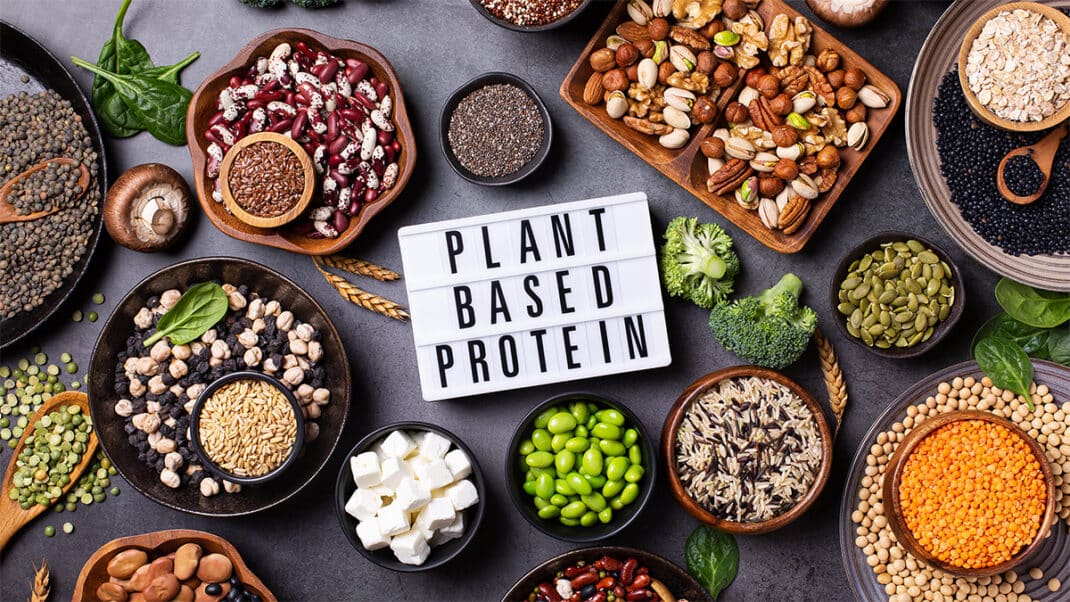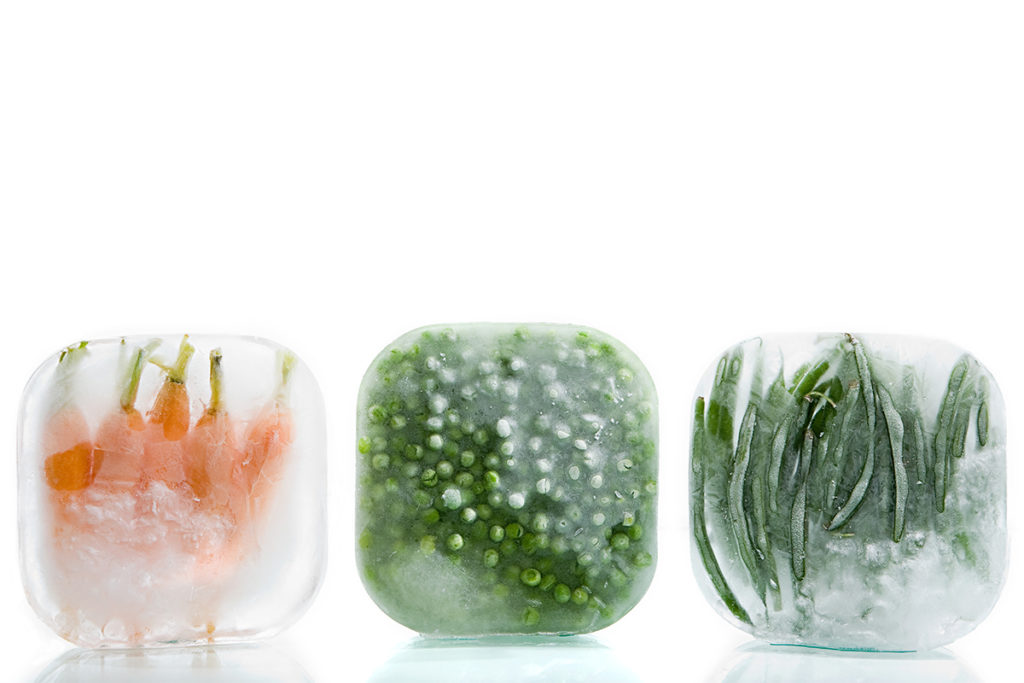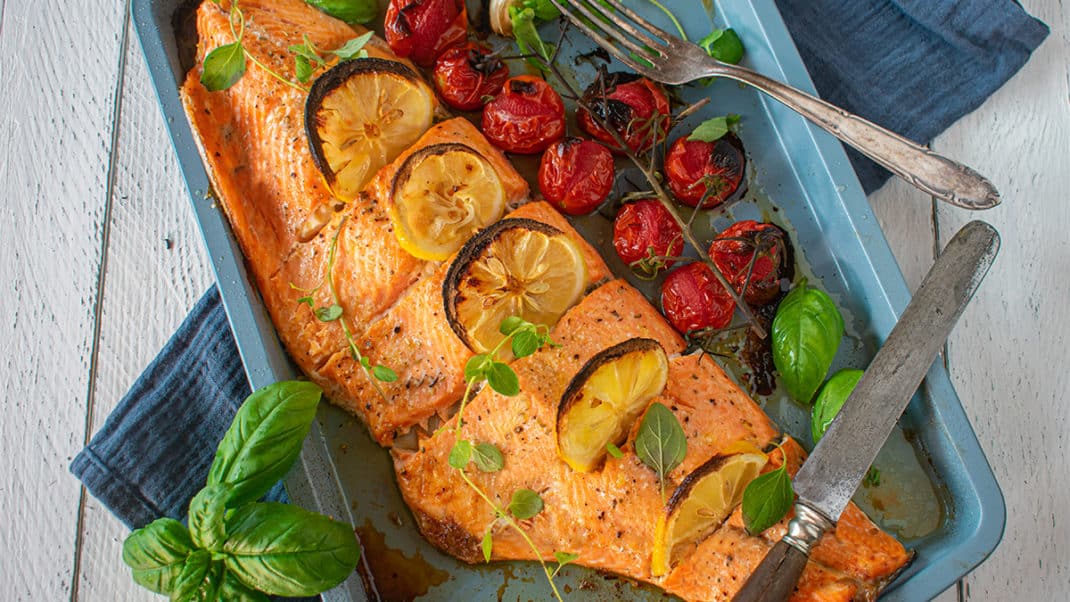Meal Prep Supersets: A Quicker Way to Eat Well All Week
This modern twist on batch cooking, modeled after training supersets, has you making a few staples at the same time so you can enjoy greater nutrition “gains” throughout the week.
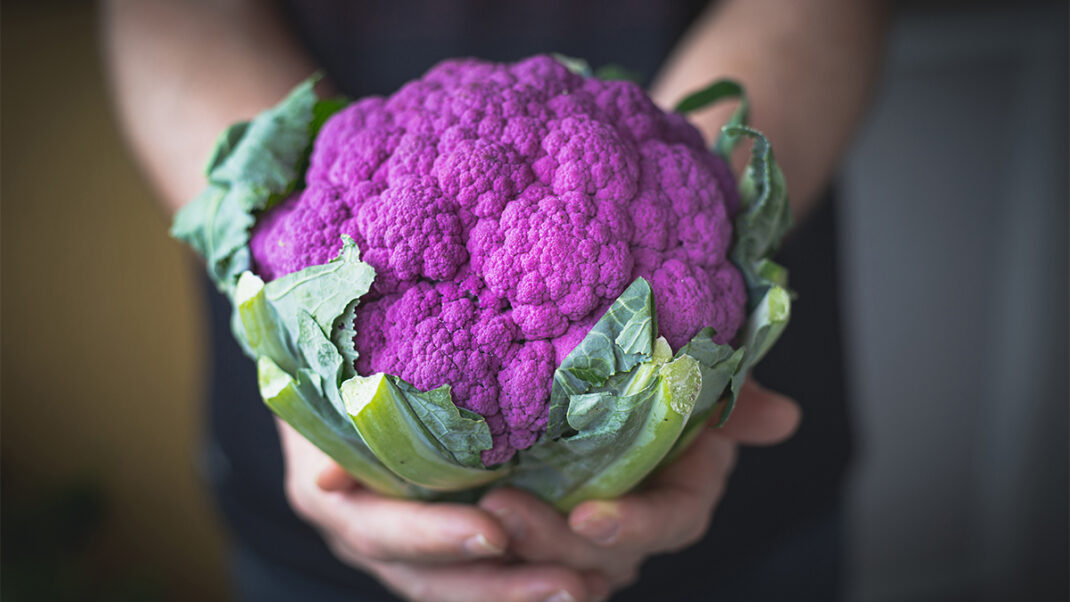
Buckle up, buttercup! We’re about to show you how to create meal prep supersets to save you time, health and even money. These hassle-free and healthy meals can be thrown together in a matter of minutes when you batch-cook a few staples ahead of time.
Dining out, if you haven’t noticed, has gotten more costly since the start of the pandemic, and that trend shows no signs of slowing. Plus, eating at home—done properly, of course—can be healthier and more varied. (See “The ‘Why’ of Meal Prep Supersets,” below.) The secret to our approach will also save you time in the kitchen and on busy weeknights when you’re too tired to cook. And to make it all happen, we’re taking a page out of the fit-pro playbook to create the meal prep superset.
Just as resistance-training supersets have you performing back-to-back exercises to enjoy greater gains in less time, meal prep supersets have you making multiple recipes at once so you can whip up fast and healthy meals over the next few days. You may have heard of a similar approach called batch cooking, which often involves prepping multiple (sometimes complex) entrees—a pursuit that can eat up much of your day.
The big difference in what you’ll see laid out here is that we don’t want you to prep everything in 1 day. We know you’re busy. Plus, from a food safety standpoint, neglecting to use leftovers within the time frame recommended by USDA Food Safety and Inspection Service (2020) can put eaters at risk for a foodborne illness. We don’t want that for you!
What we do want is to help you make healthy happen for you and your clients.
Meal Prep: The Basics
For our meal prep supersets, you won’t make everything at once: Instead, you’ll have 1 day in which you will conquer the bigger menu items. This will set you up for 2 or 3 days before you get to your light-day (midweek) meal prep day. Don’t worry: It’s easier than it may sound. Take a look!
Throughout the rest of the week, you’ll mix and match your premade staples to create healthy meals like a wrap made with Pistachio Turkey Meatballs and Sun-Dried Tomato Hummus or those same meatballs atop your precooked high-protein pasta or quinoa. Read on for more tips for making and using these staples.
Main-Day Meal Prep
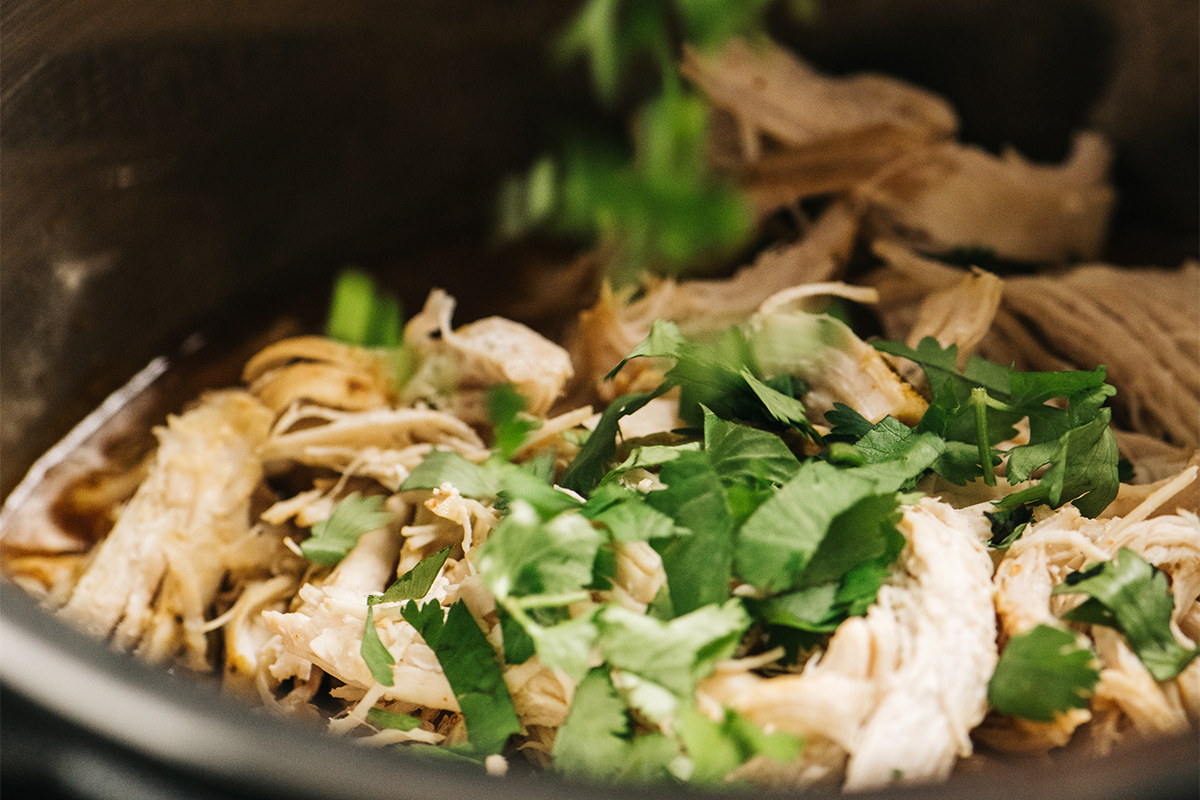
Slow-Cooker Chicken Breast
Nutrient highlights: Chicken is a lean protein source that’s a great addition to a balanced diet. If you’re not a fan of the breast, opt for a boneless chicken thigh, which offers a bit more flavor thanks to a slightly higher fat content.
Directions: In a slow cooker or an Instant Pot set to “slow cook,” add chicken breast, low-sodium chicken stock, a bay leaf and other preferred seasonings.
Tip: Start meal prep with this recipe, as it will take about 2 hours to cook, allowing you plenty of time to knock out the other items.
Serving ideas:
- Add sweet curry seasoning and a can of light coconut milk to chicken. This serves as a great protein base for a quick curry bowl, rounded out with a cooked grain and roasted veggies.
- Toss chicken on top of a bagged salad for a quick and convenient lunch with a flavorful dressing, like spicy peanut.
- Spoon chicken into a whole-grain tortilla with roasted veggies for a quick wrap.
- Pair chicken with roasted vegetables with some healthier “croutons,” like dried cranberries and pumpkin seeds.
Pistachio Turkey Meatballs
Nutrient highlights: If you’re trying to eat more plant-based this year, these blended meatballs are a great addition to your menu. Pistachios are a good source of plant protein and fiber, and add an unexpected yet delightful twist to your traditional meatball. Plus, pistachios contain all nine essential amino acids, making them a complete protein source. Turkey is another great lean protein source that offers meat eaters the satisfaction they crave with a plant-forward pistachio twist.
Directions: See recipe below.
Tip: Store in an airtight container for 5 days in the refrigerator or up to 3 months in the freezer. They hold up really well, so it’s a great idea to freeze a few for later in the month when you have no desire to cook!
Serving ideas:
- Pair with roasted veggies and desired dressing as a fun twist on the hot-salad trend.
- Serve inside a whole-grain bun with lettuce and dressing for a handheld option.
- Use in Low-Carb Pistachio Turkey Meatballs Wrap.
See also: Life Hack for Tastier, Easier Meals: Sous Vide Cooking
Whole-Grain Protein Pancakes (from Mix)
Nutrient highlights: Protein offers a nice addition to your traditional carbohydrate-laden pancake, offering a bit more satiety (aka fullness) to get you through your morning routine.
Directions: Choose the whole-grain brand that suits your particular dietary needs and follow package instructions.
Serving idea: Spread a nut or seed butter of choice on top and sprinkle with sliced berries or bananas. This offers a healthy fat, more protein and less sugar than your traditional pancakes with butter and syrup.
Quick-Fix Quinoa
Nutrient highlights: Quinoa is one of the only complex carbohydrates that contains all nine essential amino acids, making it a complete source of protein. This dynamic grain is packed with fiber, too, making it a nice addition to a grain-based salad.
Directions: Boil 2 cups of water for every 1 cup dry quinoa. Add desired seasonings. Lower heat and cook until water is absorbed, about 15 minutes.
Tip: You can also make this in your Instant Pot, following manufacturer instructions for grains.
Serving ideas:
- Serve as a base for a hot grain salad with roasted vegetables and Slow-Cooker Chicken Breast.
- For a fun, higher-protein twist, try swapping your morning oats with quinoa. Mix in some cinnamon and your nut or seed butter of choice, then top with fresh fruit.
Roasted Purple Cauliflower and Bell Peppers
Nutrient highlights: Vegetables offer important phytonutrients that keep your body running in tip-top shape. Include a variety of colors in your vegetable selection to expand the types of phytonutrients (and fiber) you’re delivering to your body.
Directions: Rinse peppers and cauliflower and pat dry. Halve and seed peppers and cut into strips; separate cauliflower into florets. Toss with olive oil and seasonings, and place on a baking sheet in the oven at 425 degrees Fahrenheit. Roasting times will vary depending on the produce. Keep an eye on them and turn them once in a while.
Tip: To save time, put the vegetables in the oven while the Pistachio Turkey Meatballs are cooking. When meatballs finish baking, you can bump up the temperature to 425 degrees F, rotate the veggies, and complete their cooking for 10–15 minutes.
Serving ideas: Enjoy with your prepared protein, carbohydrates and choice of sauce, or finely chop and add to scrambled eggs.
See also: Win the Meal Prep Game With “Nextovers”
Light-Day Meal Prep
Speedy Tuna Salad
Nutrient highlights: Research supports eating a 4-ounce serving of seafood (which includes fish and shellfish) at least twice a week to deliver important nutrients, like omega-3 fatty acids, to your body (USDA 2020). Canned tuna offers convenience and affordability, making it something everyone can add into their weekly routine—quickly.
Directions: In a bowl, com-bine 1 can low-sodium, water-packed tuna (drained) with 2 tablespoons avocado mayonnaise or plain Greek yogurt. Season with dill, black pepper, celery seed and a dash of salt.
Serving ideas: Serve over a bed of mixed greens, sandwiched between two slices of whole-grain bread, or with a side of fresh-cut vegetables and whole-grain crackers.
High-Protein Pasta
Nutrient highlights: Higher-protein pastas made from pulses (aka legume seeds) like chickpeas offer more protein than their white or wheat counterparts while also allowing those who follow a gluten-free diet to enjoy them.
Directions: Follow package instructions to cook the pasta.
Serving ideas: Serve with a vegetable-loaded sauce, like Sun-Dried Tomato Hummus (below).
Tip: Hummus makes an excellent sauce for pizzas and pastas alike, while also increasing your vegetable intake.
Put Your Own Spin on Meal Prep Supersets
The most important thing to remember is to make items that suit your food preferences, keeping in mind your cultural food traditions as well. As a registered dietitian, I firmly believe all foods can fit in a balanced diet. Find out what works for you as you embark on your meal prep supersets, and keep it consistent! The number-one reason I see clients meeting their goals is because they commit to their meal plans just like they commit to their workouts. Remember: Make it fun, flavorful and doable; I promise you will excel at meal prep, too.
Putting It All Together
Here’s a quick look at how making two more-complex recipes ahead of time (meatballs
and hummus) makes it easy to toss together delicious, healthy meals later in the week.
Main-Day Recipe
Pistachio Turkey Meatballs
Prep time: 35 minutes
1 C no-shell roasted and salted pistachios
1 large egg
16 oz lean ground turkey
1⁄2 t chili powder
1⁄2 t black pepper
1⁄4 t kosher salt
1⁄4 C fresh chopped cilantro
Preheat oven to 350 degrees Fahrenheit.
Place pistachio nut meat in a food processor or high-powered blender. Pulse until flour-like consistency is achieved. (Be careful not to over-pulse as this will create a nut butter consistency, which is not what’s needed for this recipe.)
In a large bowl, whisk egg, then add turkey, chili powder, pepper, salt, cilantro and pulsed pistachios. Mix thoroughly. Portion mixture into 1-oz balls (roughly 15 meatballs), and lay on baking sheet lined with parchment paper and misted with nonstick spray. Bake for 25 minutes, or until internal temperature reaches 165 F. Let cool 5 minutes before serving. Store in an airtight container for 5 days in the refrigerator or up to 3 months in the freezer.
See also: Family Meal Planning
Main- or Light-Day Recipe

Sun-Dried Tomato Hummus
Prep time: 10 minutes
15.5 oz can of chickpeas, rinsed and drained
1⁄2 C sun-dried tomatoes in oil, drained
3 T extra-virgin olive oil or sun-dried tomato oil from jar
1 T water, optional
1 t lemon juice, optional
Toss all ingredients into a high-powered blender or food processor. Process until smooth, about 2–3 minutes, scraping down sides as needed to fully combine. Serve immediately, or store in an airtight container in the refrigerator and use within 3–5 days.
Anytime Quick Meal
Low-Carb Pistachio Turkey Meatball Wrap
Prep time: 5 minutes
1 low-carb tortilla
2 T Sun-Dried Tomato Hummus or store-bought pesto
2 Pistachio Turkey Meatballs, halved
1⁄2 C mixed greens
1 T crumbled feta cheese
Lay tortilla on plate and top with hummus (or pesto). Heat meatballs in microwave or air fryer until warm, or until internal temperature reaches 165 F. Place warmed meatballs on tortilla, and top with greens and cheese. Roll up and enjoy immediately. Makes 1 wrap.
Anytime Quick Meal
High-Protein Pasta with Sun-Dried Tomato Hummus
Prep time: 15 minutes
1⁄3 C Sun-Dried Tomato Hummus
3 T milk of choice
1⁄2 C baby spinach
1 C cooked High-Protein Pasta
1 T cheese of choice (optional)
Add hummus and milk to saucepan over medium heat. Whisk together until a thin sauce is formed. Add in spinach and heat 3–4 minutes, then toss in cooked pasta and continue to cook until warm. Top with cheese, if desired, and serve immediately.
The “Why” of Meal Prep Supersets
It’s no surprise that the last 2 years have thrown curve-balls at our eating patterns. Data from the United States Department of Agriculture Economic Research Service (2022) shows when the pandemic hit, more food dollars were spent on homemade meals. That was good news for our health.
Research in The International Journal of Behavioral Nutrition and Physical Activity found that individuals who engage in meal prep have increased food variety in their diet and better diet quality. Meal prep may even make it easier to maintain a healthier weight (Ducrot et al. 2017). According to an IDEA retrospective of pandemic eating published in November, “Research shows that eating home-cooked meals more often is associated with better diet quality, including greater consumption of fruits and vegetables and lower sodium intake” (Delmonico 2021).
However, not surprisingly, things shifted back to away-from-home locations once restrictions lifted. Findings from the International Food Information Council’s Food & Health Survey showed Americans were less interested in cooking at home and preparing their own meals in 2021 than they had been the year before (IFIC 2021). With the strategies and recipes found here, you can rekindle some of that enthusiasm that had thousands of people baking homemade sourdough in the spring of 2020.
References
Delmonico, S. 2021. How COVID-19 has changed eating habits. Accessed Feb. 27, 2022: www.ideafit.com/nutrition/how-covid-19-has-changed-eating-habits/.
Ducrot, P., et al. 2017. Meal planning is associated with food variety, diet quality and body weight status in a large sample of French adults. The International Journal of Nutrition and Physical Activity, 14 (1), 12.
IFIC (International Food Information Council). 2021 Food & Health Survey. Accessed Feb. 27, 2022: foodinsight.org/2021-food-health-survey/.
USDA (United States Department of Agriculture). 2020. Dietary Guidelines for Americans, 2020–2025. Accessed Mar. 10, 2022: dietaryguidelines.gov/sites/default/files/2021-03/Dietary_Guidelines_for_Americans_2020-2025.pdf.
USDA ERS (Economic Research Service). 2022. Food and consumers. COVID-19 economic implications for agriculture, food, and rural America. Accessed Feb. 27, 2022: ers.usda.gov/covid-19/food-and-consumers/.
USDA FSIS (Food Safety and Inspection Service). 2020. Leftovers and food safety. Accessed Feb. 27, 2022: fsis.usda.gov/food-safety/safe-food-handling-and-preparation/food-safety-basics/leftovers-and-food-safety.
Elizabeth Shaw, MS, RDN, CPT
Elizabeth Shaw, MS, RDN, CPT, is a national nutrition expert, adjunct professor, personal trainer and four-time author who owns Shaw Simple Swaps, a nutrition communications business. Shaw appears frequently in the national media, both online and in broadcast, where she breaks down the latest nutrition science. Follow her @shawsimpleswaps.
